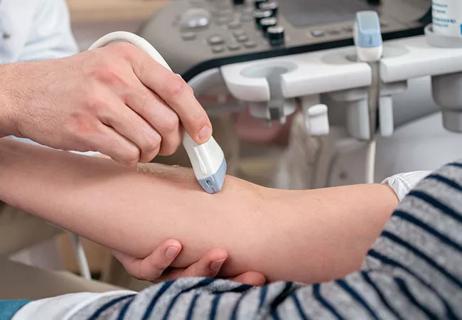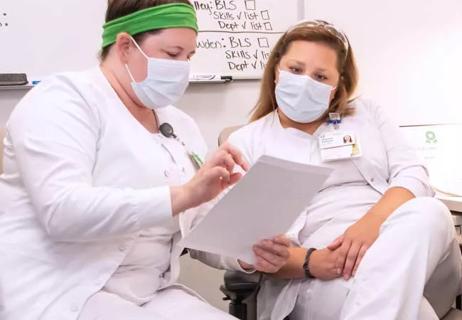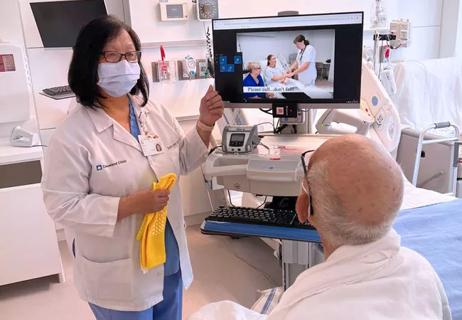By Nancy M. Albert, PhD, CCNS, CHFN, CCRN, NE-BC, FAHA, FCCM, FHFSA, FAAN
Cleveland Clinic is a non-profit academic medical center. Advertising on our site helps support our mission. We do not endorse non-Cleveland Clinic products or services. Policy
Real-world research generally refers to clinical research that uses real-world data as evidence. These data is observational; patients are not randomized into groups. Rather, all possible cases that meet inclusion criteria are used to answer research questions. Most often, data used in real-world clinical research come from big data, which is data that comes from large data sets, such as hospital electronic medical records and registries.
In hospitals and healthcare centers, big data is all around us. At our healthcare system, one of our favorite sources of big data is our billing database. It contains many patient characteristics and also many outcomes variables, such as hospital length of stay, intensive care unit stay and number of days, discharge disposition and 30-day rehospitalizations. Other big data resources are the medication administration database and long-standing registries that contain multiple variables surrounding surgical or medical procedures.
The beauty of big data is that it represents a high volume of a variety of day-to-day data that can be generated or retrieved quickly to provide insights to common problems and issues, including patient quality and safety. Once analyzed, teams can interpret findings in a way to make better future decisions or to implement new or altered interventions. Big data is easily retrievable, usually represents a lot of data and can be managed in Excel files.
In addition, many organizations with a research or quality focus have a program of big data collection and maintenance, especially organizations that are the source of Centers for Medicare and Medicaid Services (CMS) clinically based quality data. It is important for nurses to ask questions, both within their healthcare system and outside it, about the availability of big data and contact persons.
But there are some questions that must be answered before planning to use big data as research data. For variables being considered or used, questions are:
For outcome variables, it is up to nurse researchers to ensure that the research sample size represents the optimal size to answer the research questions. In addition, questions to ask are:
For some variables, it is easy to tell when data are inaccurate. For example, it should be a red flag to see more than a few patients over the age of 100 years being listed in an open heart surgery database; thus, nurse researchers would need to assess each case to be sure that the patient’s age was accurately recorded. It should be rare to see an adult female’s weight at less than 38 kg, even if the patient is short. It is likely that someone accidently made an inaccurate or transposed keystroke when entering data.
Not all research questions can be answered using big data. But, findings of big data analyses can be important to customer service, to operational efficiency, and to decisions that could affect future productivity and clinical outcomes. Further, research findings from big data can be used to ensure optimal delivery of medical and nursing care. With regard to ensuring high-quality patient care delivery, big data findings provide evidence of conformity to optimal medical therapy, and longitudinal analyses can show trends over time that allow sites to assess maintenance or progression of high quality.

Study shows ultrasound can be valuable tool for improving patient satisfaction by reducing failed IV insertions

New system uses vital signs to predict need for further intervention

Findings reveal personal and professional factors that influence nurses’ interest in medical research

Nurse scientists bridge divide between bench and bedside

Individual and population factors play a role

Study looks at cardiopulmonary arrest and activation rates

Video education and nurse-led reinforcement help with fall risk awareness

Further research into collaborations may help strengthen nursing science